Titan submersible implosion likely so fast victims ‘never knew’: expert
The doomed Titanic sub would have imploded and killed its crew so fast the five people aboard “never knew it happened,” an expert in submersibles told The Post.
Debris from the OceanGate Expeditions’ Titan submersible was found Thursday, confirming all those aboard had perished.
The Coast Guard said the array of debris on the ocean floor, found 1,600 feet from the bow of the Titanic, meant the craft would have suffered a “catastrophic implosion,” sometime after it had been lost one hour and 45 minutes into its dive to the wreck, 12,500 feet below the surface on Sunday.
By the time communication was lost, the vessel would have been just shy of 10,000 feet below the surface, experts told The Post, at which point the enormous water pressure would mean any tiny weakness, crack or fissure to the submersible’s hull would cause it to instantly implode.
Expert Ofer Ketter said the implosion would occur within a millisecond, if not a nanosecond, if something breached the hull of the vessel to cause a loss in pressure.
“They never knew it happened,” he said, of the five victims. “Which is actually very positive in this very negative situation.”
“It was instantaneous — before even their brain could even send a type of message to their body that they’re having pain,” Ketter, co-founder of a private submersible company called Sub-Merge, told The Post from Costa Rica.
The bodies of the sub’s five explorers — Suleman Dawood, 19; his business tycoon father Shahzada, 48; British billionaire Hamish Harding, 58; famed Titanic explorer Paul-Henri Nargeolet, 77; and OceanGate founder and CEO Stockton Rush, 61 — are unlikely to be recovered.

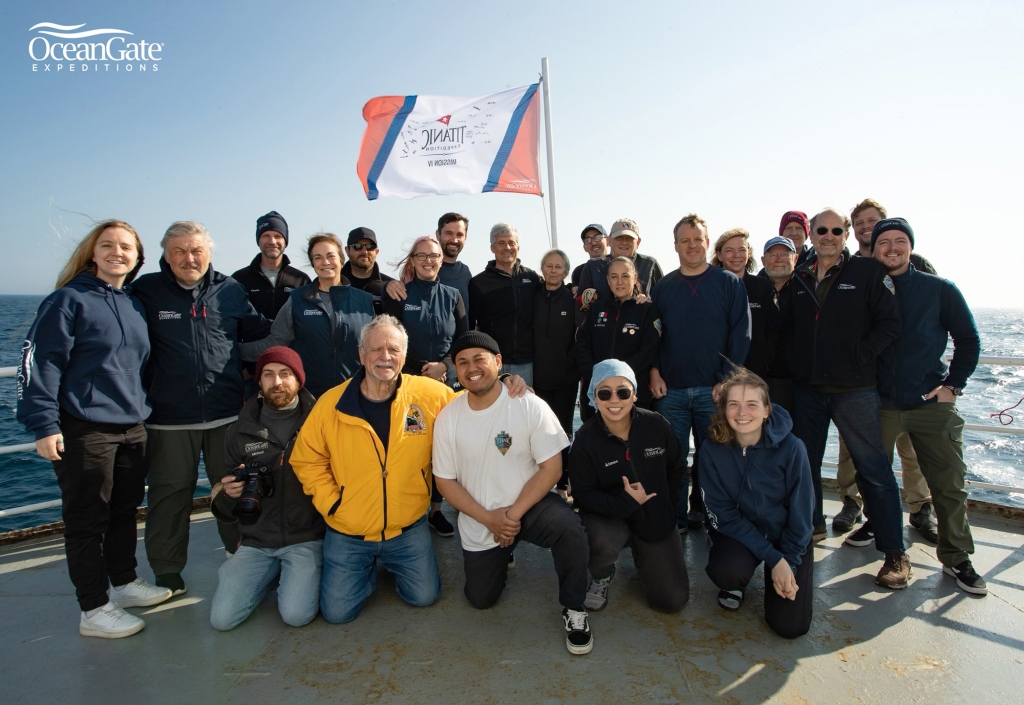
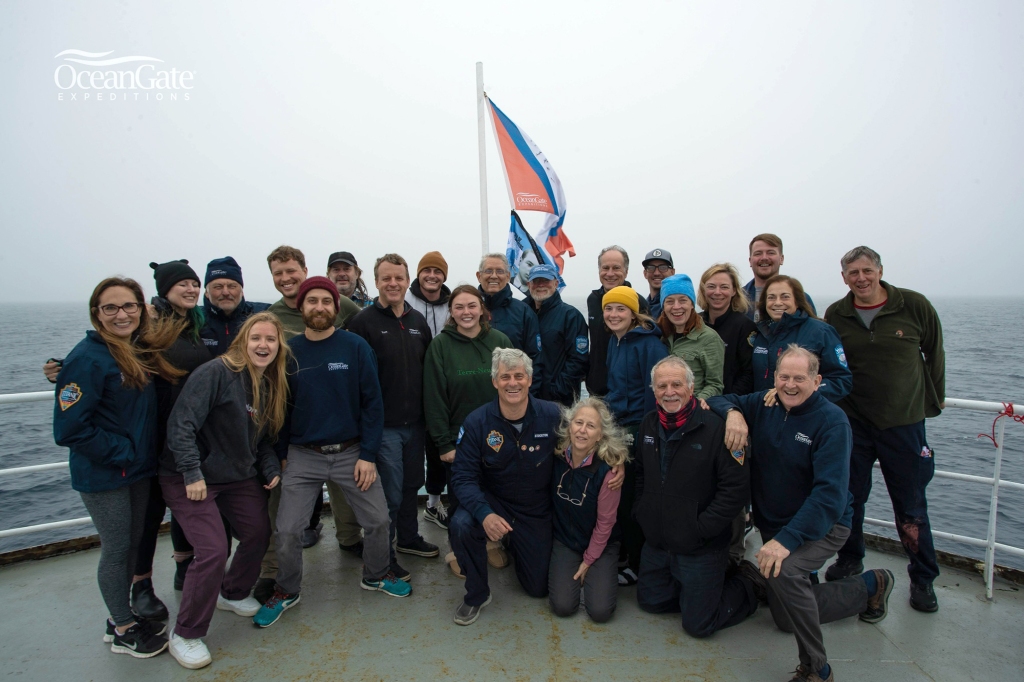
With the spread of the debris found on the ocean floor, experts agree the sub most likely imploded during its descent to the wreck on Sunday, around the time or shortly after it had lost contact with the surface.
Pressure that far under the water’s surface is around 6,000 pounds per square inch, which the carbon fiber and titanium exterior of the Titan was designed to withstand.
“If you go beyond the strength of the vessel, then it crushes or collapses,” Dr. Peter Girguis, an oceanographer and Harvard University professor, told The Post.
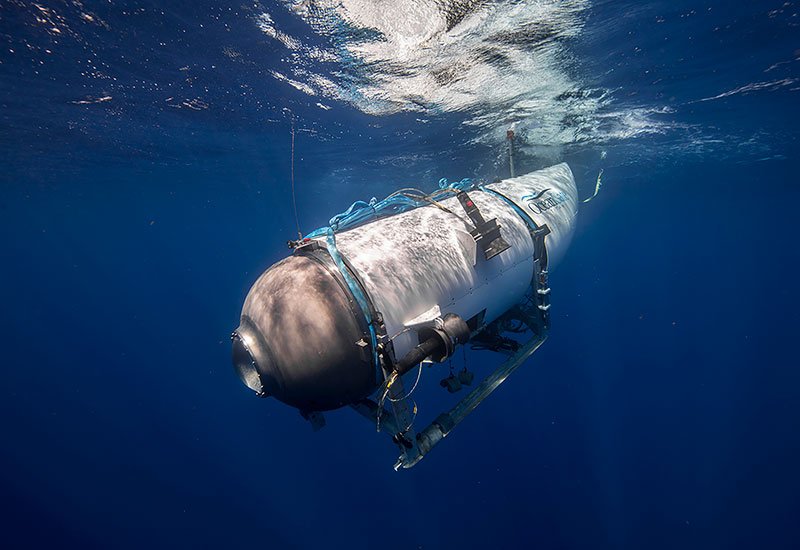
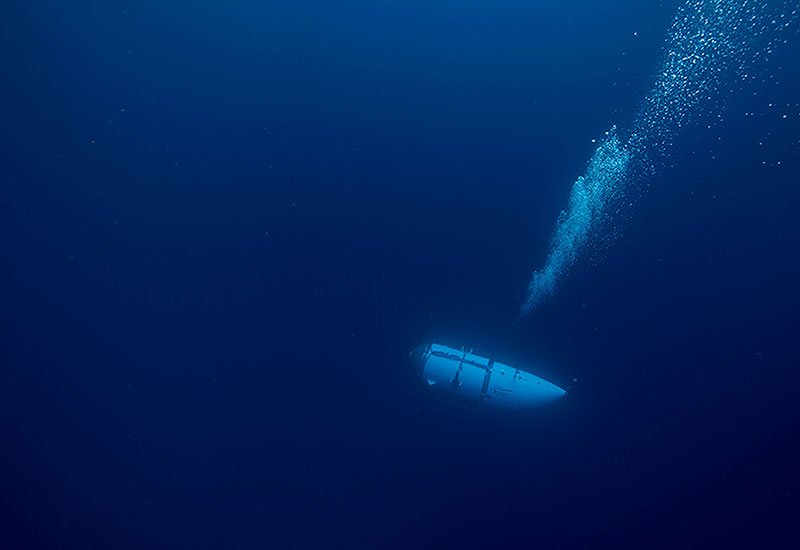
Regarding the implosion itself, he added: “We tend to believe they [are] swift and they tend to be complete, but I want to emphasize again, we don’t exactly know.”
Any defect or any kind of leak from either the inside or outside the vessel would result in an implosion — the opposite of an explosion— where the pressure surrounding an object pushes into it.
The Marine Technology Society sent a letter to Rush in 2018 warning the OceanGate head of the critical importance that its prototypes undergo proper third-party testing before being taken to such depths to ensure the safety of its passengers.
But Rush allegedly refused to do so.
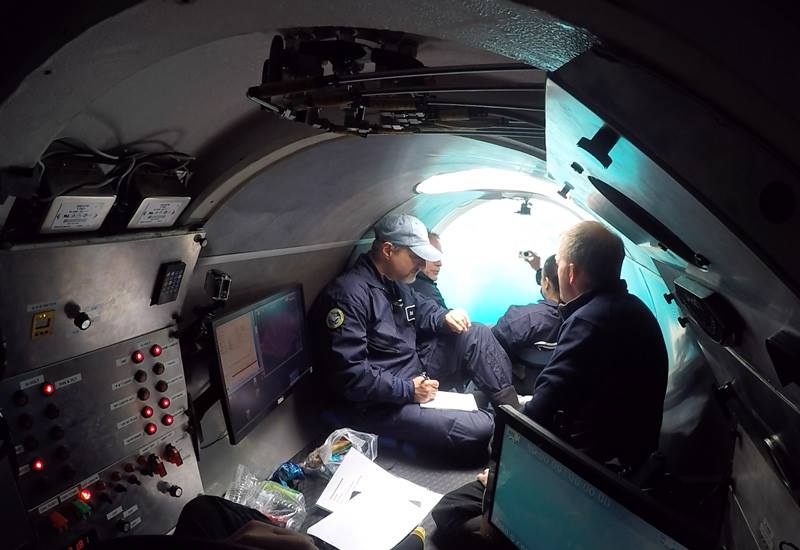
The investigation into what caused the sub to implode is ongoing, and at this stage, there is no evidence pointing to error on the part of the OceanGate, and it is also possible that due to the nature of the accident, a conclusion may never be reached.
But Ketter said implosions “shouldn’t happen, because we know how to build submersibles for them not to implode.
“So, when do implosions happen? To be honest and to be frank, when the engineering is wrong in its calculations.
“When either the structure, the material, the testing, the seals — any other part of the submersible that was designed to go to that depth — was designed wrong and didn’t withstand the pressures that it was designed to.”
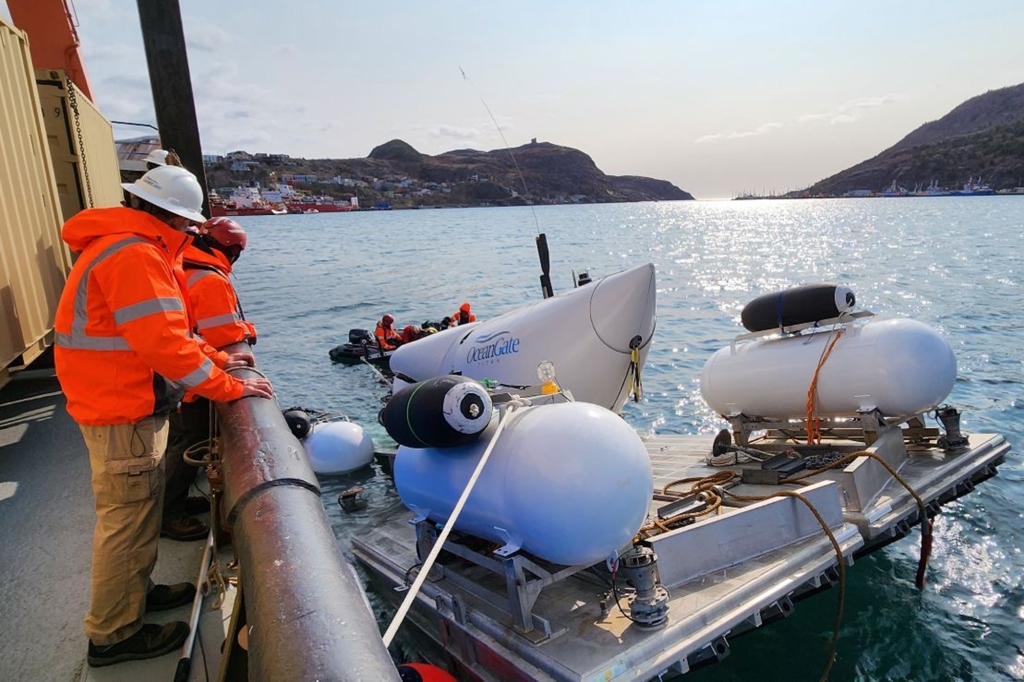
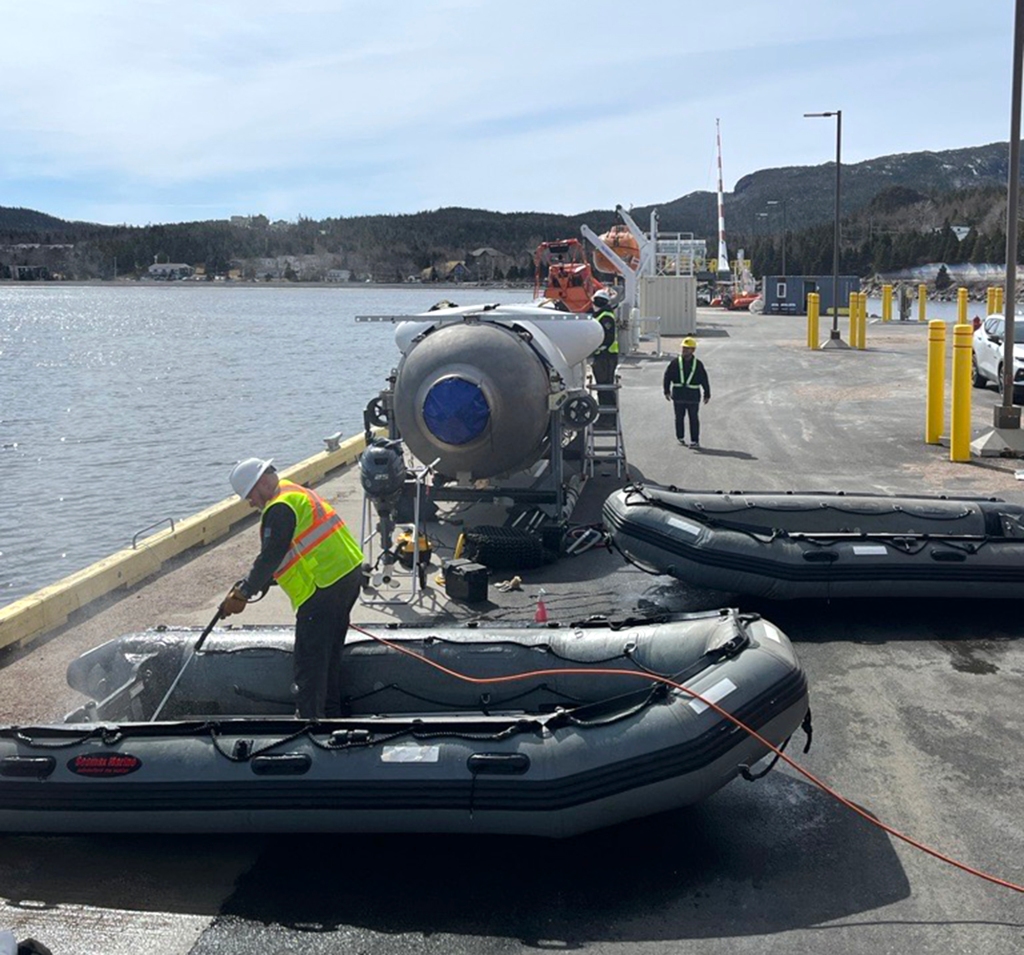
Ketter also said it would have been “extremely rare” for a crash to have caused a puncture and led to the implosion.
Speaking from experience, Ketter said submersibles are expected to be built, tested and pressurized to withstand pressure at depths beyond what they will likely reach.
Doing so prevented instances that Ketter compared to trying “to take a hot air balloon to the moon.”
“It’s not going to work.”
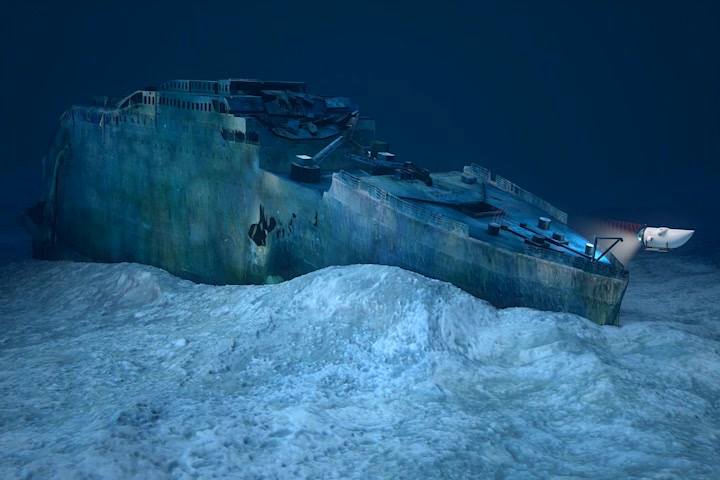
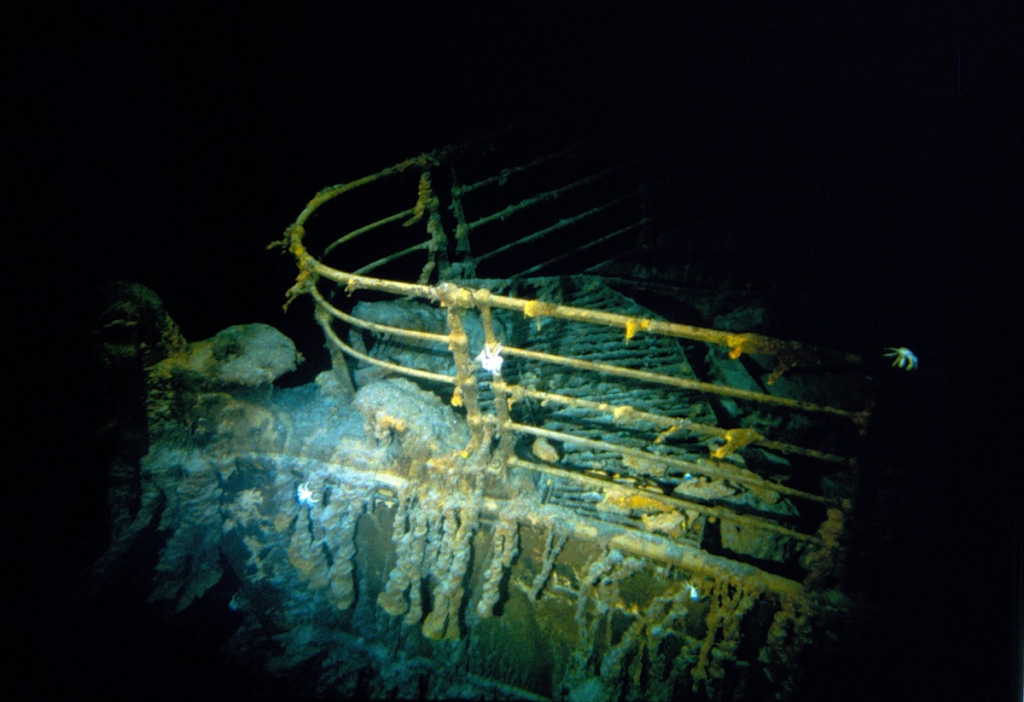
The submersible disappeared just an hour and 45 minutes into its Titanic exploration off the coast of Newfoundland on Sunday with air reserves of 96 hours.
Reports of recurring “underwater noises” characterized as both “banging” and “tapping” spurred hope Wednesday, but have since been deemed to be unrelated to the missing crew.
Searchers had been scouring waters up to two and a half miles deep, spanning an area twice as large as Connecticut.
The Coast Guard called in ships, airplanes and other equipment — such as undersea technology to scan for additional noises — to aid in the mission.
Two remotely operated vessels, including the Victor 6000, were deployed early Thursday and soon returned results in the discovery of the debris fields.
The five explorers were sealed into the sub by 17 bolts, which could only have been opened from the outside.
Read the full article Here


